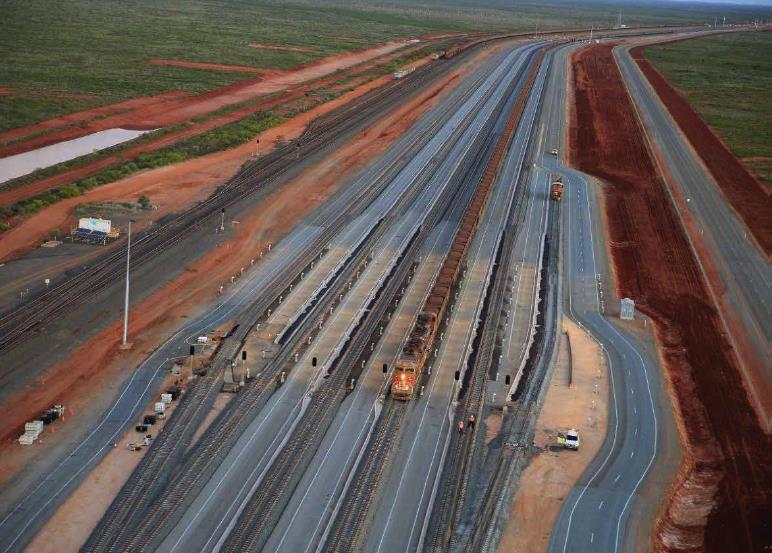Centre for Geotechnical Science and Engineering

Data-driven predictive railway maintenance for preventing track failure
Key Researchers: Jinsong Huang, Cheng Zeng
PROBLEM DESCRIPTION
Every year, railway organisations spend large amounts of money on rail track maintenance and renewal works to ensure proper serviceability of the railroad network. According to historical data, the average annual maintenance and renewal expenditures per km in the Hunter Valley are around $200,000. In the meantime, due to the developments in sensor and testing technologies, massive amount of data from different sources, including service failure data, signal data, ballast history, grinding history, remedial action history, traffic data and inspection data are routinely collected. Commercial software such as Tableau and Power BI to transmit, process, and properly store these data. However, the functions that Tableau and Power BI can provide are still limited to organising and visualizing data. Prediction about where and when problems might occur, is still based on simple workshop rules and engineering judgements.
SCIENTIFIC AND ENGINEERING APPROACHES
- Closely collaborate with industry partners to pre-process data based on engineering principles.
- Use advanced Machine Learning algorithms and provide recommendations for the optimal railway maintenance strategies.
- It is expected that the success of this project will significantly reduce the maintenance costs and the disruptions of railway network in Hunter Valley.
APPLICATIONS
- The research outcomes of this project can be applied for similar engineering problems where large volume of data are collected.
- Risk analysis and management based on large volume of data.
- Predictive maintenance for engineering assets.

The University of Newcastle acknowledges the traditional custodians of the lands within our footprint areas: Awabakal, Darkinjung, Biripai, Worimi, Wonnarua, and Eora Nations. We also pay respect to the wisdom of our Elders past and present.
